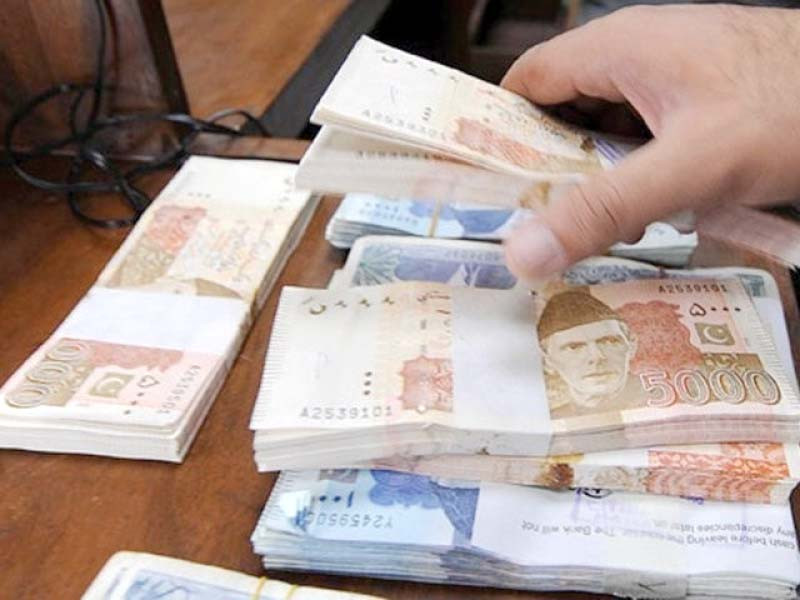
Despite the economic downturn that the country is going through, all the Pakistan Peoples Party (PPP) hears is election bells as it is contemplating announcing a public relief budget, which will only add more debt to the public exchequer.
Since this will be the last budget the incumbent government will present before heading into the polls, providing relief might be a good electoral move but it makes little financial sense given Sindh’s current liabilities.
For instance, the province at the close of the previous fiscal year, owed Rs56 billion in external loans and Rs15 billion to the federal government, as per an analytical report released by Sindh’s finance department. Moreover, the report states that these total liabilities will only increase in this fiscal year.
Apart from the increase in liabilities, the government also has to account for an increase in non-developmental expenses, like salaries, gratuities, pensions, allowances, and other expenses of governmental employees, which already amount to 70 per cent of the Rs1,713 billion provincial budget. According to the report, only employee wages for the year amount to Rs509 billion and pension payments amount to Rs174 billion - which increase by 10 to 15 per cent annually.
Similarly, grants to local bodies also have to be accounted for, as they were Rs77 billion in the previous year and have ballooned to Rs84 billion this year - and will increase by a further 10 per cent in the upcoming fiscal year as per the provincial local government minister.
Dr Murtaza Khuhro, an economist based in Karachi, commenting on the government’s ambitions to provide relief during the current economic situation, said that such budgetary increases would not have the desired effect. “A genuine measure of achievement is not a simple budgetary increase but the actual relief that the public receives from the increase,” the economist opined.
“For instance, the health budget has grown significantly during the PPP’s tenure from Rs56 billion in 2016 to Rs145 billion in 2020 but did the increase provide any relief?” Dr Khuhro further said that the fundamental challenge as always is to upgrade existing facilities as investing money alone does not mean providing relief.
“This is evidenced by the fact that despite massive increases in budget for healthcare facilities, primary healthcare facilities could not be improved.” When quizzed about the government’s aim to provide relief at the expense of adding more debt to the public exchequer, Syed Nasir Hussain Shah, the Minister for Local Government, said that the PPP was committed to helping the people.
“Our budgetary allocations for health, education, and other areas have expanded significantly over the last few years to help the public and we will continue to do so in the future as well,” said Shah while talking to The Express Tribune.


1737620781-0/lauren-(3)1737620781-0-165x106.webp)
1737617415-0/yankees-(1)1737617415-0-165x106.webp)

1737617320-0/fizza-(84)1737617320-0-165x106.webp)






1736070587-0/Express-Tribune-(2)1736070587-0-270x192.webp)
1737452260-0/Gaddafi-stadium-(2)1737452260-0-270x192.webp)
1737531830-0/Saim-Ayub-injury-(2)1737531830-0-270x192.webp)









COMMENTS
Comments are moderated and generally will be posted if they are on-topic and not abusive.
For more information, please see our Comments FAQ